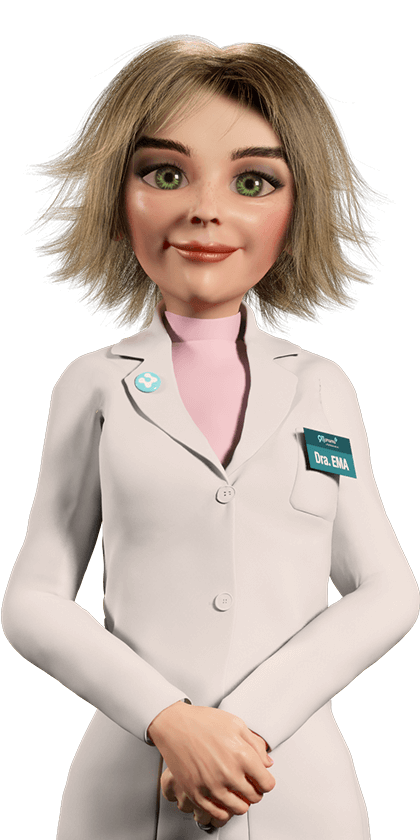Fungus
Athlete's foot - Run with the problem
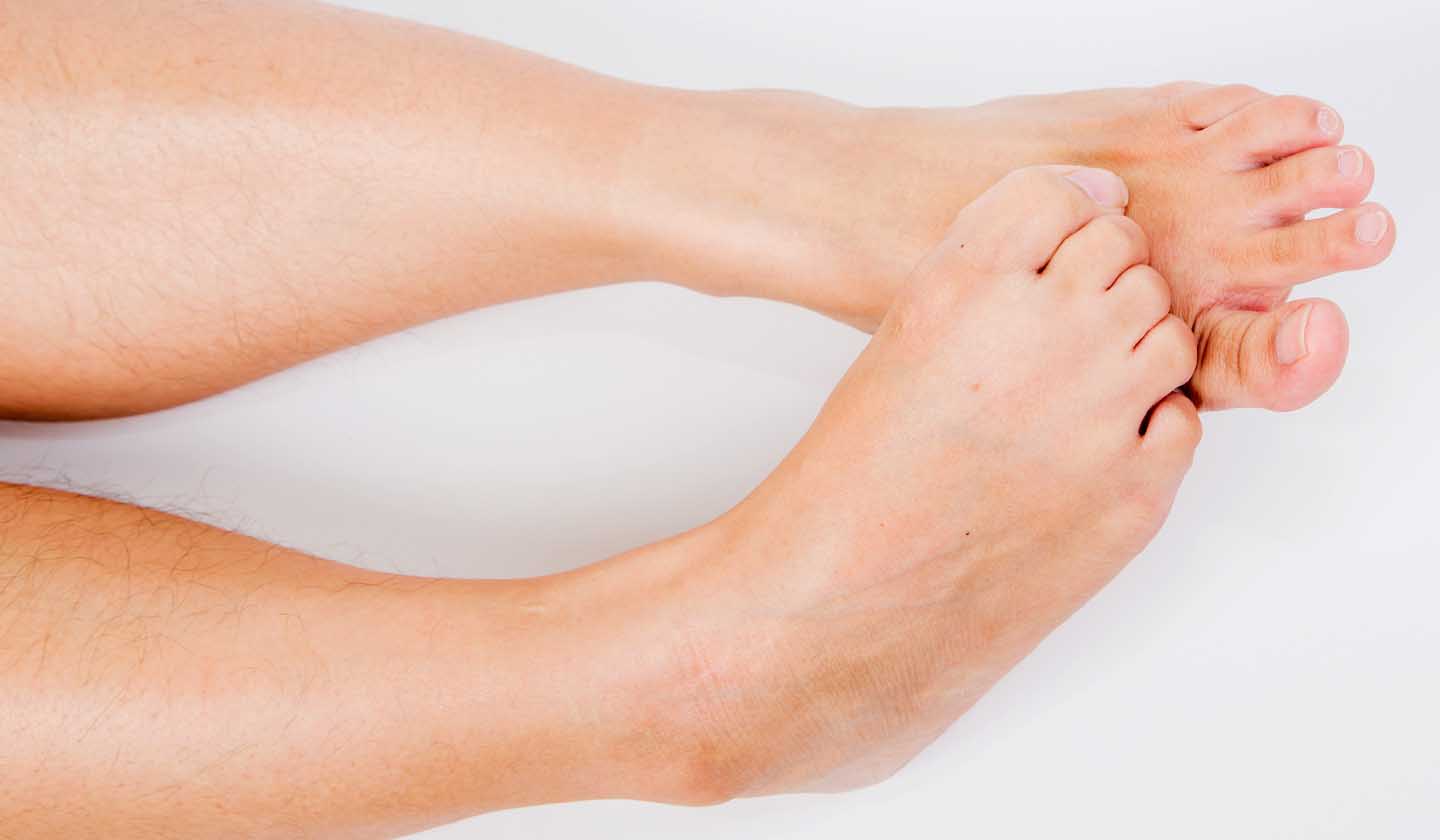
Itching, peeling, redness, burning sensation especially between the toes…. Do you recognize these symptoms? Then, you may probably have an infection known as Athlete's Foot (Tinea Pedis).
This foot mycosis is a disease caused by fungi (dermatophytes) that feed on dead cells of the skin and head and nail keratin.
Humid warm environments favour the development of these fungi which cause infections (mycoses) that are extremely contagious by direct contact (skin with skin or with contaminated objects/surfaces). The disease develops particularly well in the interdigital (between the toes) areas and is more prevalent, especially in summer.
Therefore, it is important to identify the symptoms of this pathology in order to apply adequate treatment and to learn how to prevent it.
And, as you already know... your pharmacy can answer all your questions!
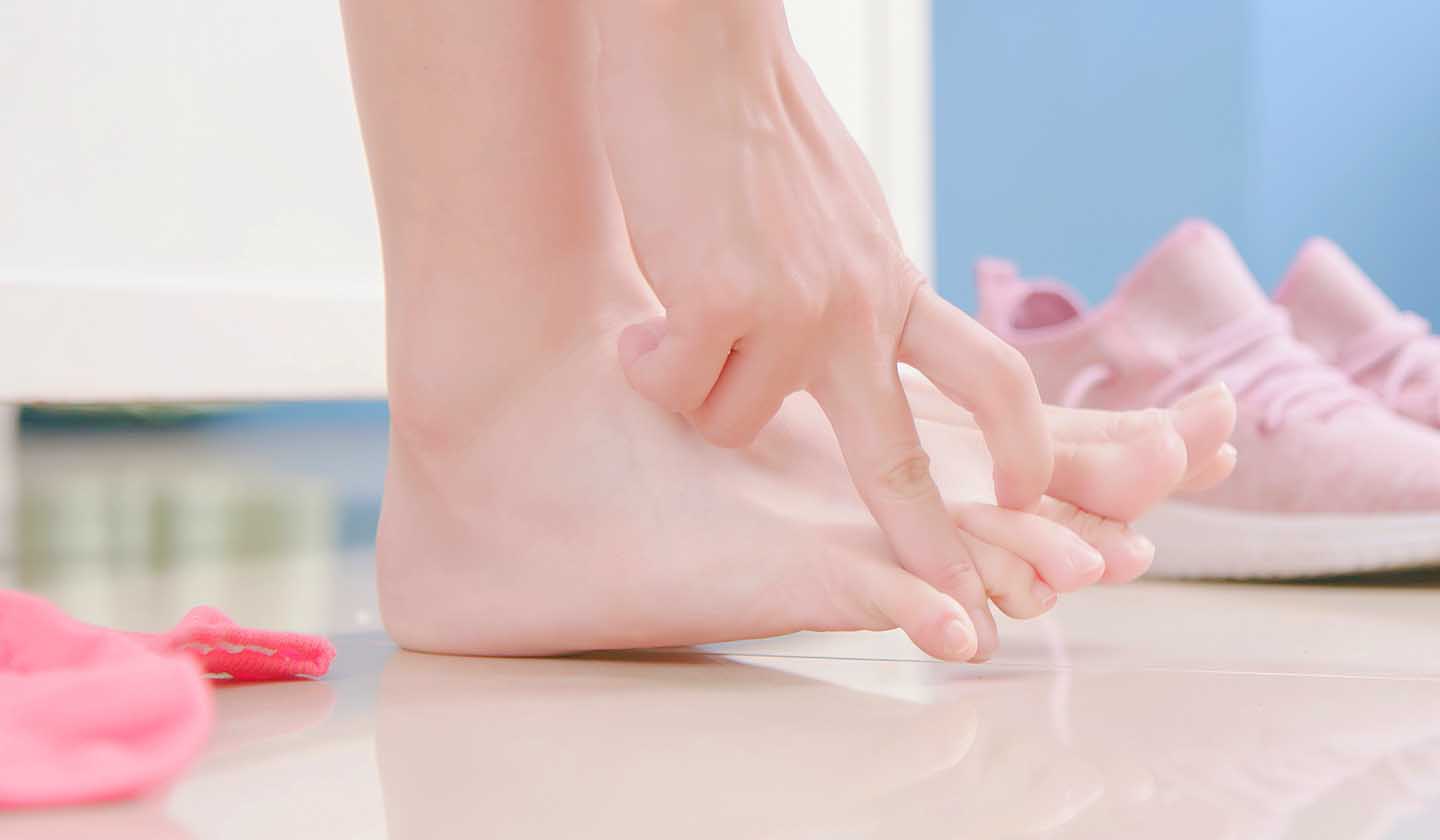
Where does the name “Athlete’s Foot” come from?
This name is due to the fact that this problem is more common among sports people, due to the prolonged use of footwear that is favourable to the accumulation of humidity and because they attend public showers in the changing rooms. However, anyone can develop this mycosis.

Most common clinical forms of the disease
- Interdigital - most common form characterized by peeling or maceration of the interdigital spaces of the toes, and even fissuring.
- Plantar - affects the bottom of the foot, the heel, and the lateral area. There is hyperkeratosis of the skin with scaling and inflammation. This type is also called moccasin tinea pedis, after its moccasin-like distribution.
- Vesicular - more severe and less common form characterised by small bubbles (vesicles) in the top and bottom of the foot. It is usually one-sided (appears only on one foot).
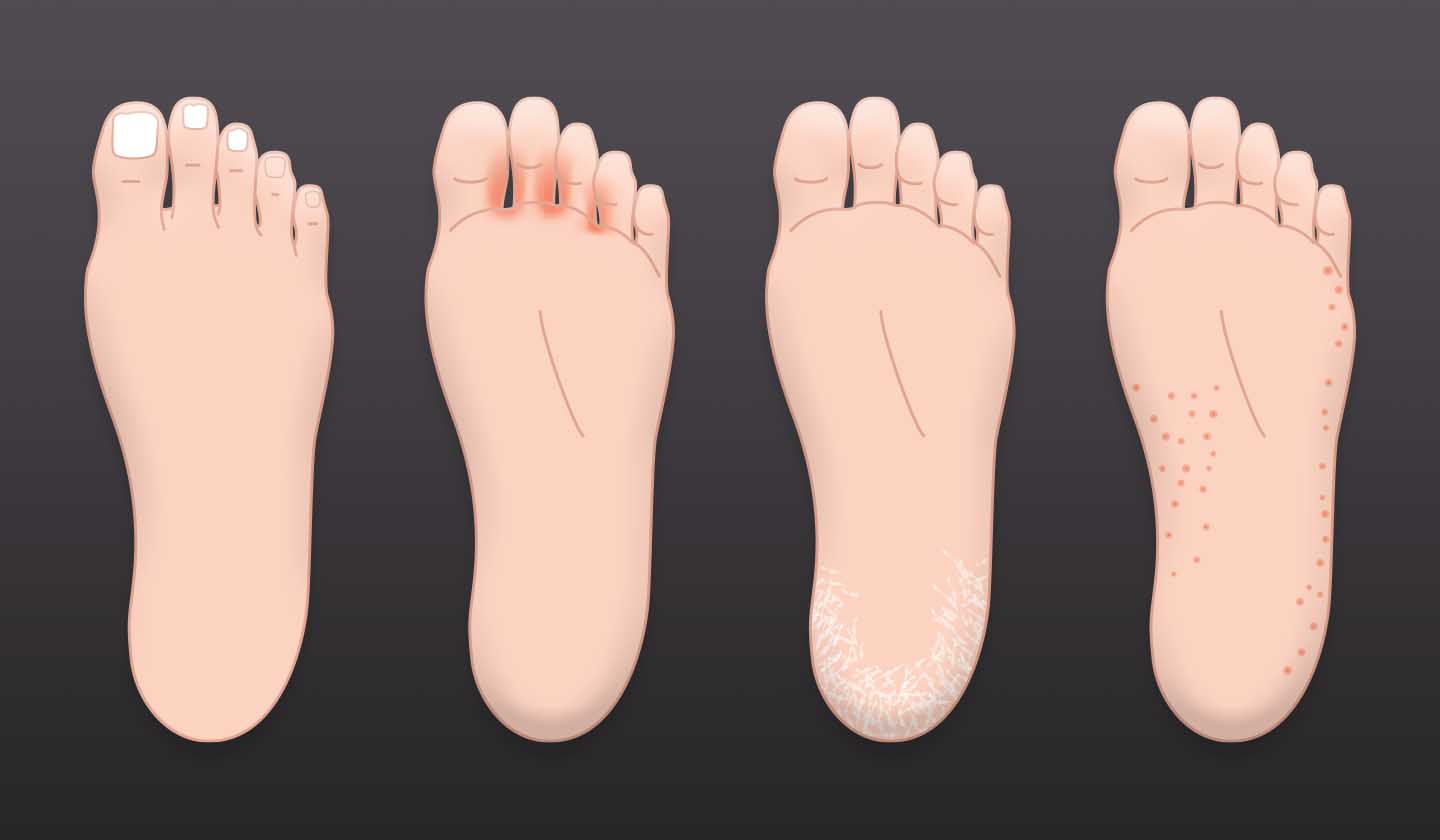
What are the main symptoms?
- Itching or burning sensation;
- Redness and/or inflammation;
- Skin peeling;
- Fissuring;
- Bad smell (indicates the development of bacteria that cause bad odour);
- Whitish and fragile skin;
- Harder and thicker skin on the sole of the foot.
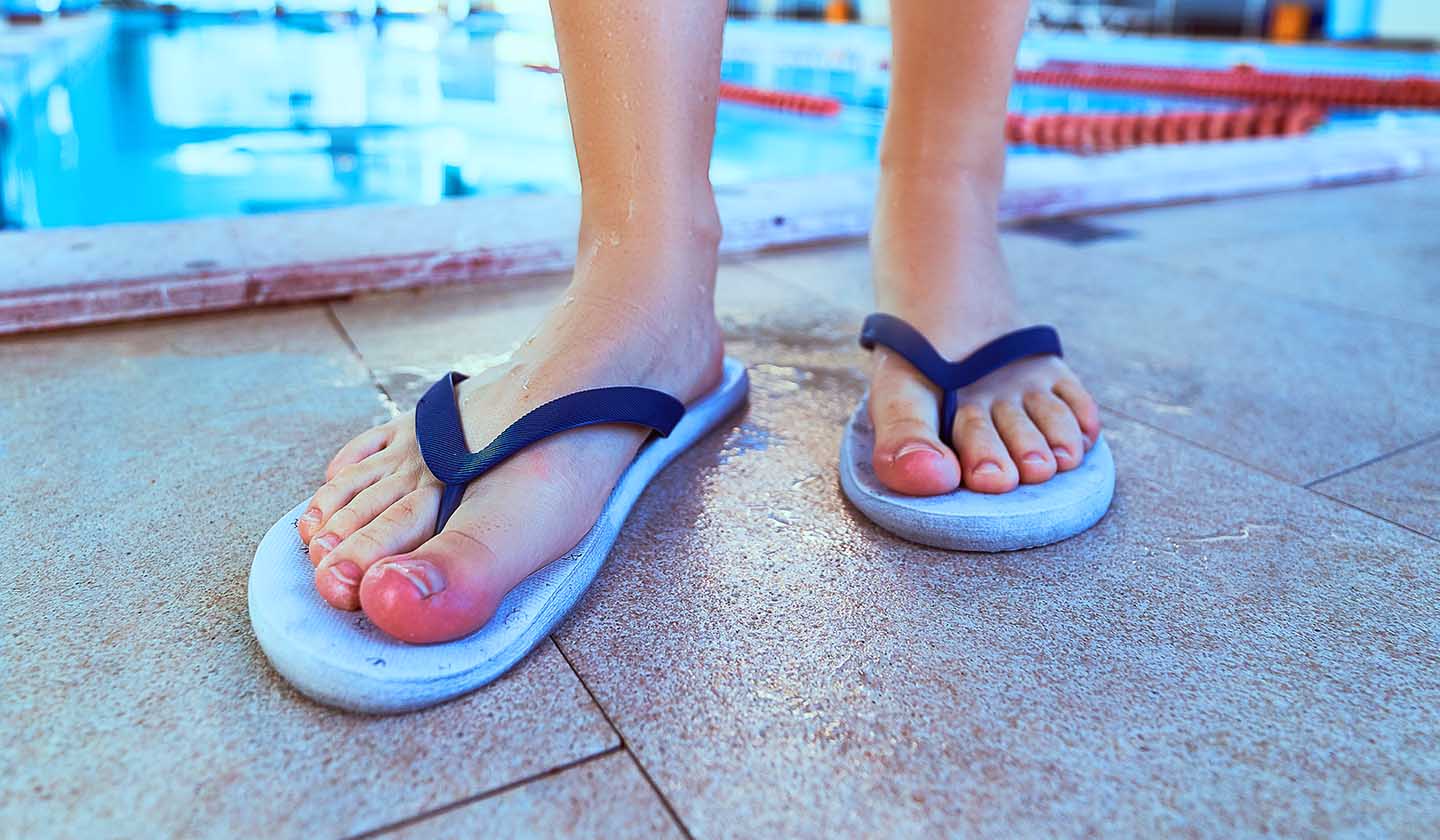
What are the causes of the infection?
Transmission is easier in humid places, such as public swimming-pools and spas, through direct contact with contaminated surfaces or poorly washed towels.

How to treat?
Once the problem is identified, it is important to start treatment as early as possible to avoid worsening of the mycosis.
Treatment depends on the location and severity of the infection and may be prolonged. You must complete the whole treatment to ensure that the infection is treated properly. Check with your pharmacist or doctor first to find out which treatment best suits you.
- Topical antifungal medications (not subject to medical prescription) - creams, sprays or powders for localized application with bifonazole, clotrimazole, econazole, miconazole, ketaconazole or terbinafine;
- Oral antifungal drugs (they require mandatory medical prescription) - terbinafine, fluconazole, itraconazole.
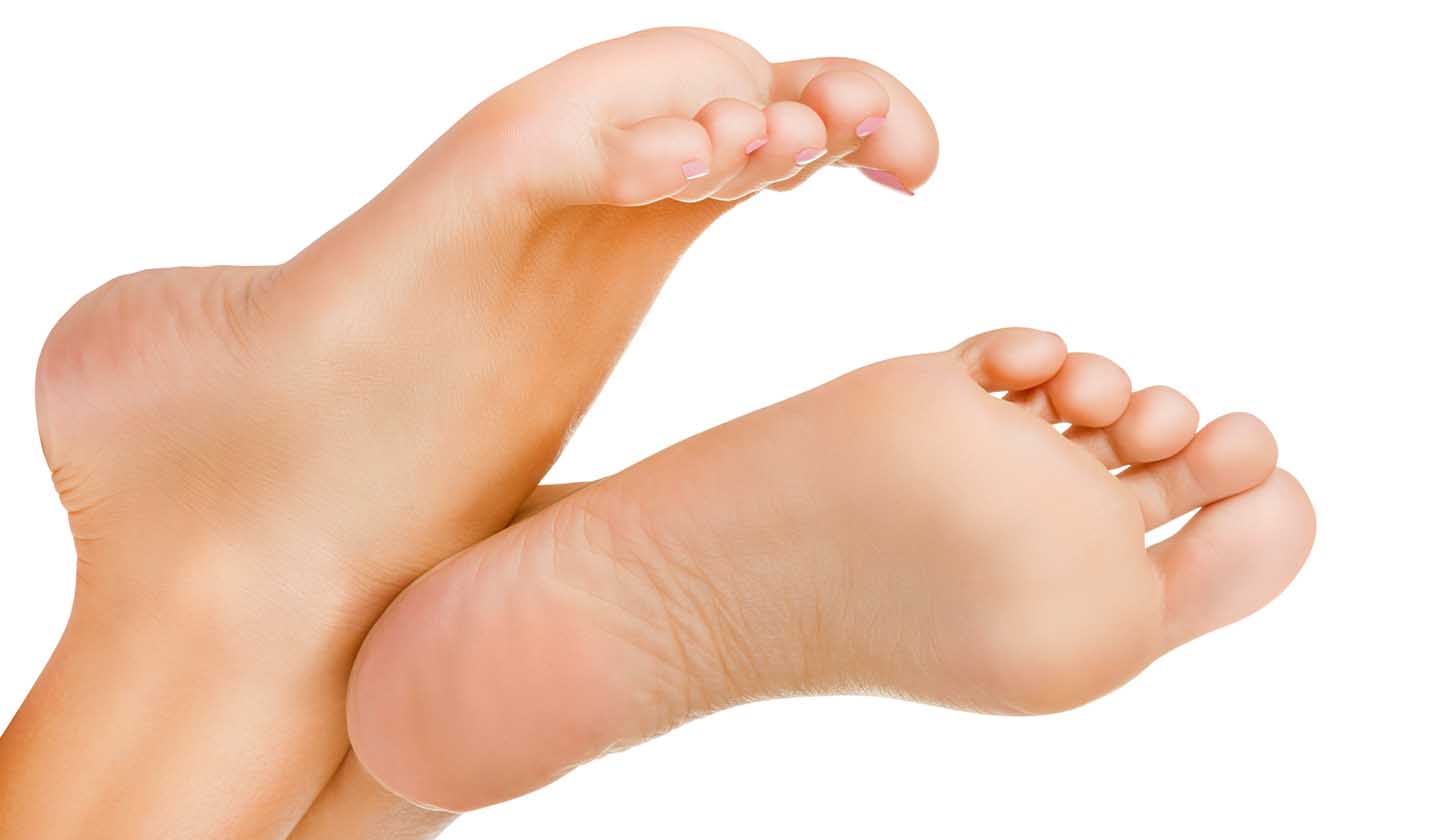
How to prevent it?
It is possible to prevent Athlete's Foot by simply following a few recommendations:
- Wash your feet daily, taking care to dry them well, especially between your toes;
- Wear cool and light footwear, especially in hot weather;
- Wear cotton socks instead of synthetic ones (and change them daily);
- Switch shoes (avoid wearing the same shoes for days in a row);
- Use deodorant and antiperspirant sprays on shoes and feet;
- Do not walk barefoot on surfaces that may be contaminated (swimming pools, spas, public showers);
- Do not share personal objects (towels, slippers, socks).
Sources
iSaúde
Farmácia Distribuição Magazine
Também lhe poderá interessar
Fungus
